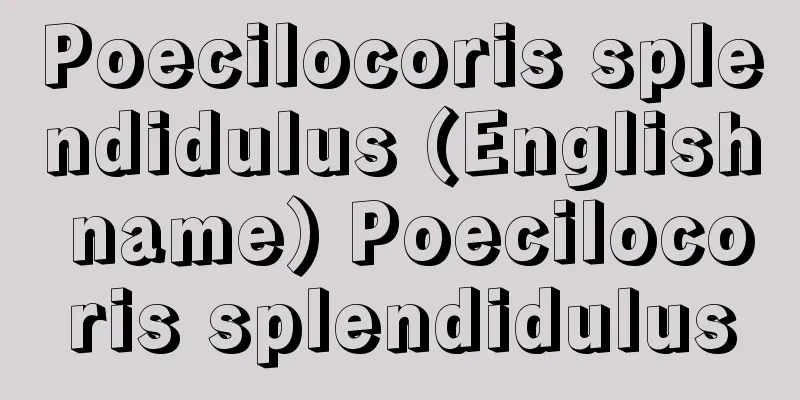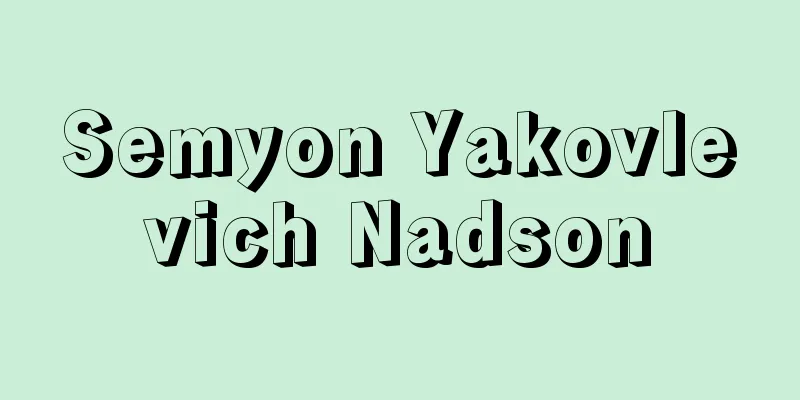Jinmenjuushinzo (English spelling) human-headed animal
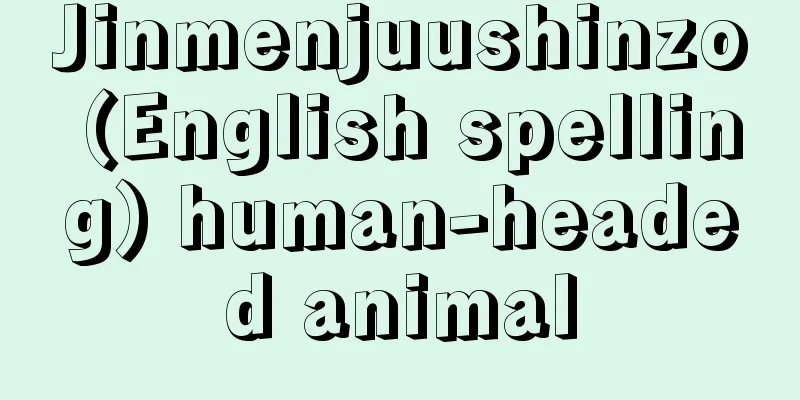
|
A composite image of a human head (human face) with the body and limbs of an animal. Examples can be found in many cultures since ancient times, but here we will only discuss those from ancient Mesopotamia. In Mesopotamia, monsters were created to embody superhuman beings, and from around the end of the Early Dynasty in the Sumerian state in the second half of the 3rd millennium BC, images combining a human face and a bull were carved into cylinder seals and other objects. This is understood to be the monster Enkidu who appears in the Epic of Gilgamesh. Thereafter, this type of being (a bull-shaped monster) was passed down through Akkad, and then into the art of Assyria and the Achaemenid Empire of Persia. Source: Heibonsha World Encyclopedia, 2nd Edition Information |
|
人間の頭部(人面)と動物の体軀・四肢との合成像。古来多くの文化に例を見るが,ここでは古代メソポタミアのものに限って記述する。メソポタミアでは超人間的な存在を具現化するために怪獣が創出され,前3千年紀後半のシュメール人の国家,初期王朝末期ごろから,人面と牡牛を組み合わせた像が円筒印章などに刻出された。これは《ギルガメシュ叙事詩》にあらわれる怪人エンキドゥEnkiduと解されている。以後,このような存在(牡牛形怪人)はアッカドを経て,アッシリア,アケメネス朝ペルシアの美術に継承された。
出典 株式会社平凡社世界大百科事典 第2版について 情報 |
<<: Gift Shop - Shinmotsudokoro
Recommend
Eugen [Duke of Savoy] - Eugen
Austrian general. Born in Paris, he was not employ...
Jacob van Ruysdael (Ruijsdael)
Dutch painter. Born in Haarlem, presumably died i...
Mount Kurama
[1] A peak of Kitayama in Sakyo Ward, Kyoto City. ...
Toxoid - Toxoid (English spelling)
Toxins produced by living organisms, such as bact...
quality
…When any two objects that have a certain propert...
Cloisonné
...The colors were divided into simple but solid ...
Sunrise and sunset - Hinodehinoiiri (English spelling)
The moment when the upper edge of the sun appears ...
Meitoku Rebellion
In 1391 (Genchu 8, Meitoku 2), Yamana Ujikiyo, ...
Red striped range
A species of insect in the Hymenoptera family, Mit...
Kim Ji‐ha (English spelling)
1941‐ A Korean poet, his real name is Kim Young-il...
Instinct - Instinct (English), Trieb (German)
Instinct is an innate mechanism or impulse inheren...
Titanium Chloride - Titanium Enca
Compounds with oxidation numbers II, III, and IV a...
Cardinal number - Kisushi
The number one. It indicates the quantity of somet...
Ochs, P. (English spelling) OchsP
…used generally in the field of American folk son...
Group employment - shudanshushoku
This refers to new school graduates (junior high ...



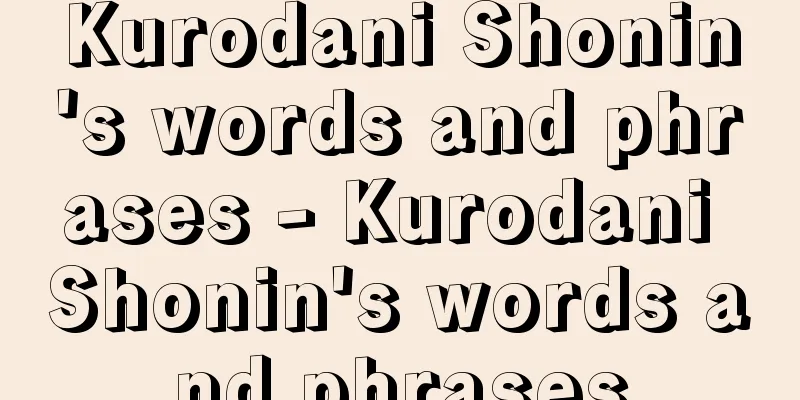

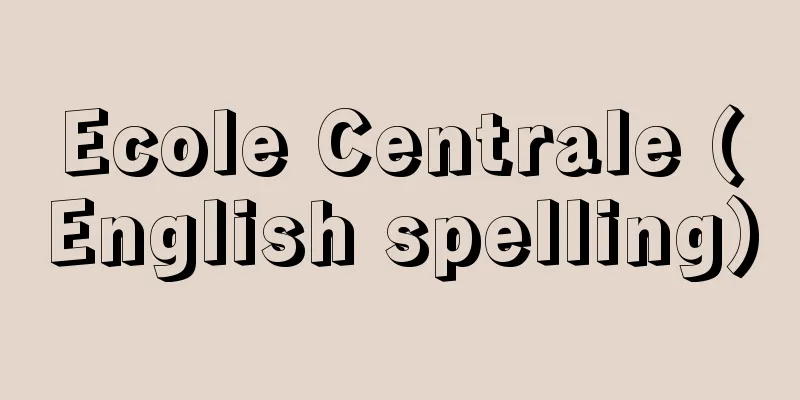
![Adoratio (English spelling) [Latin]](/upload/images/67cad5c7cc28c.webp)

